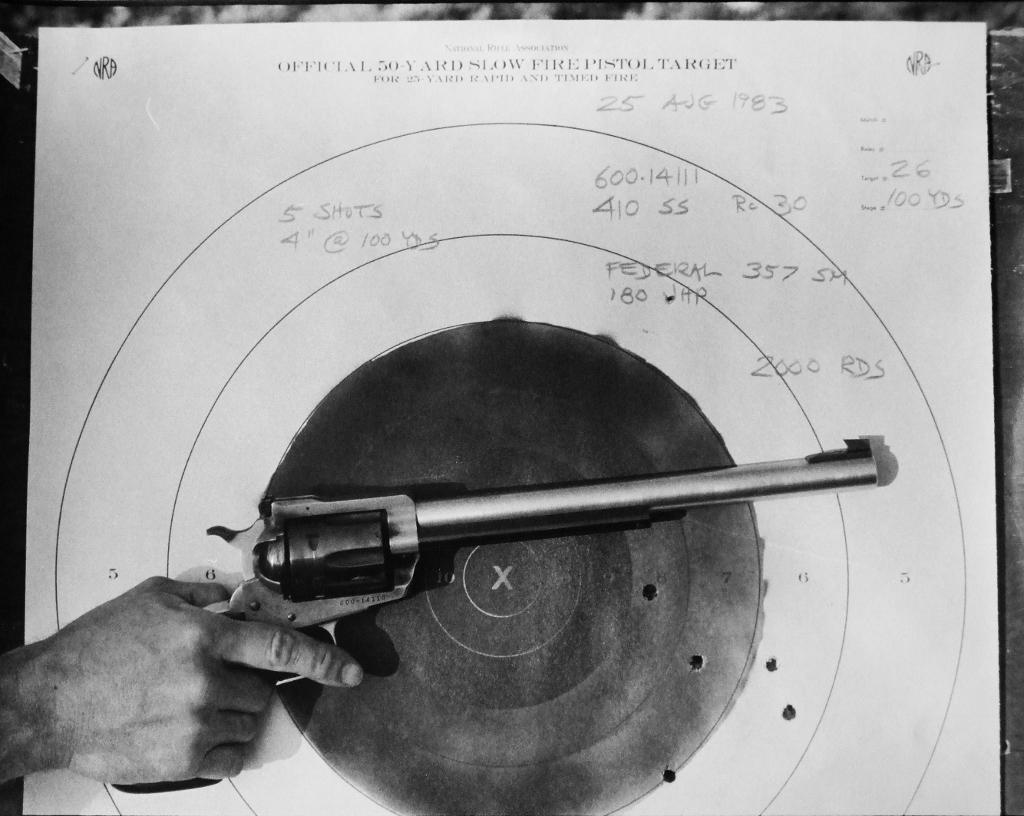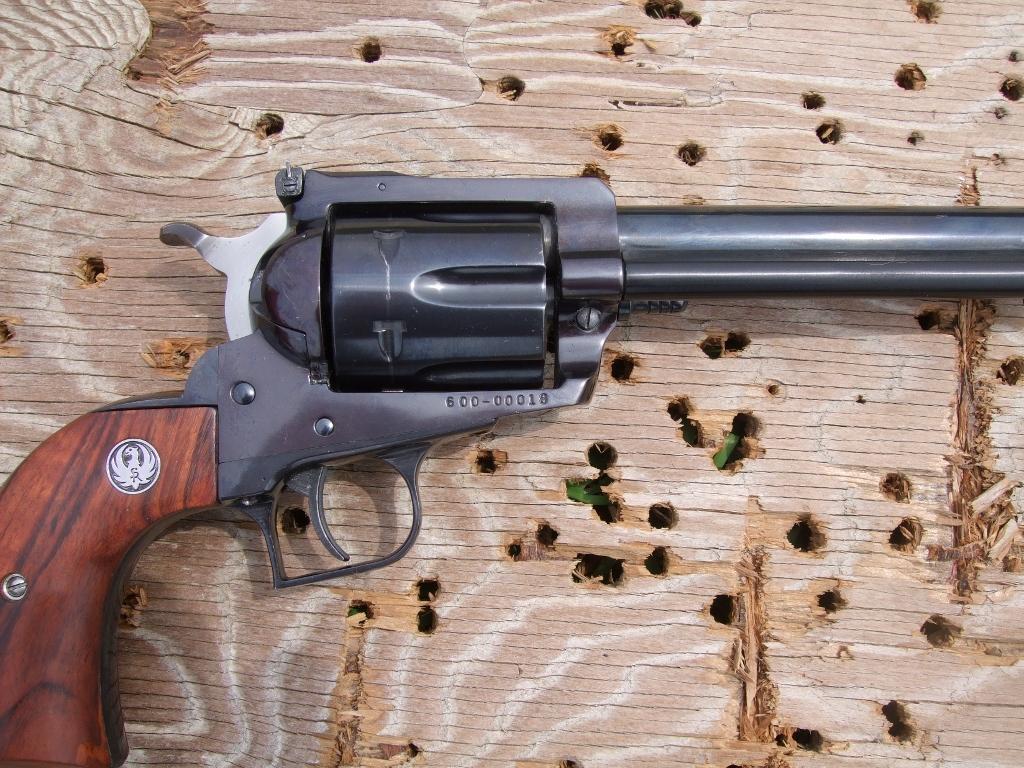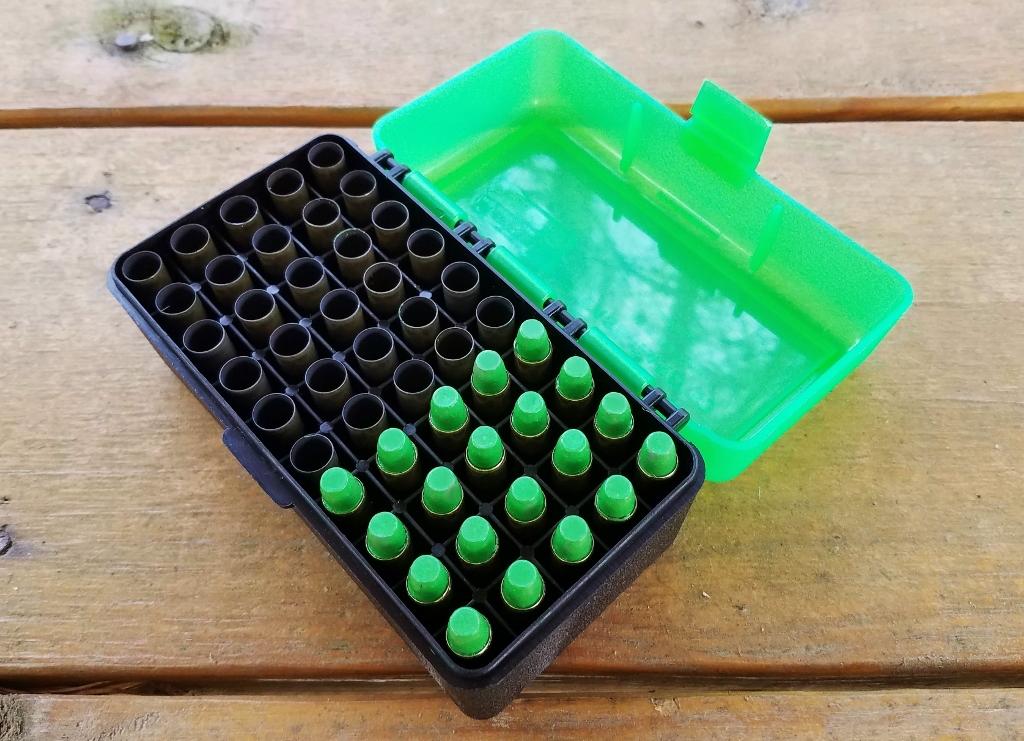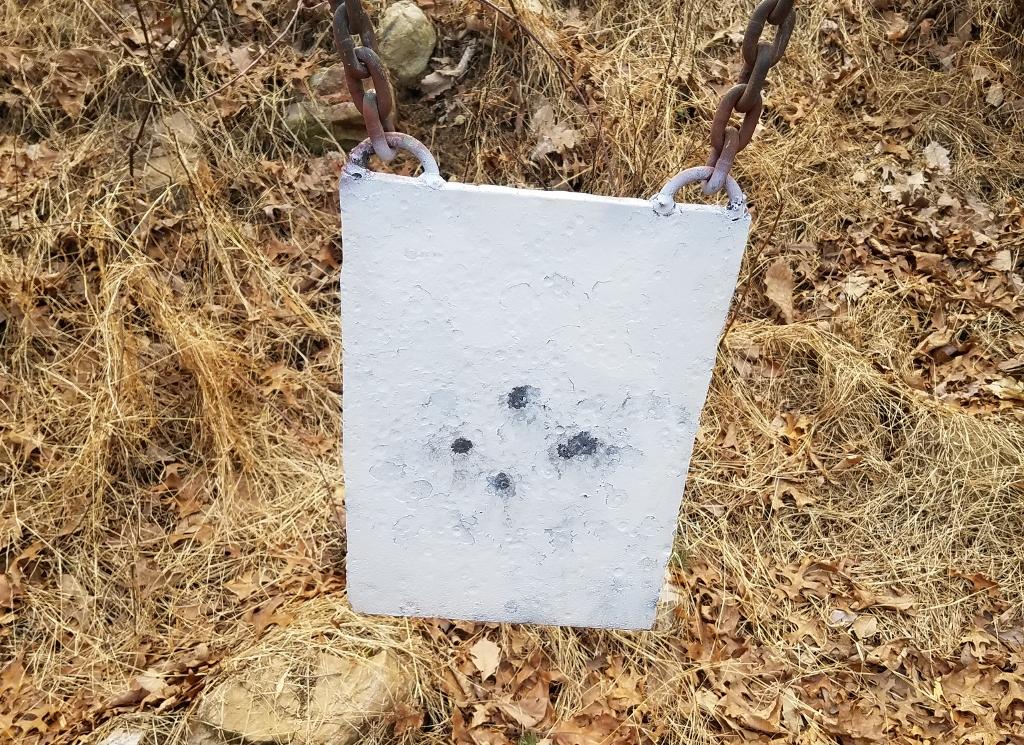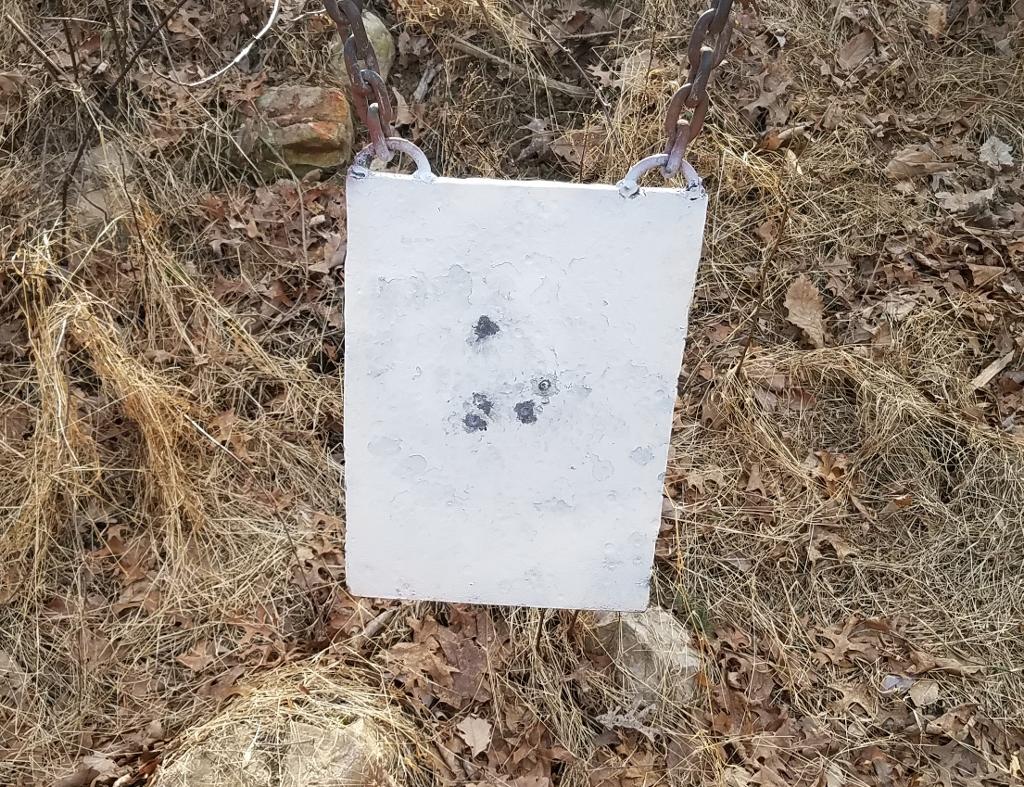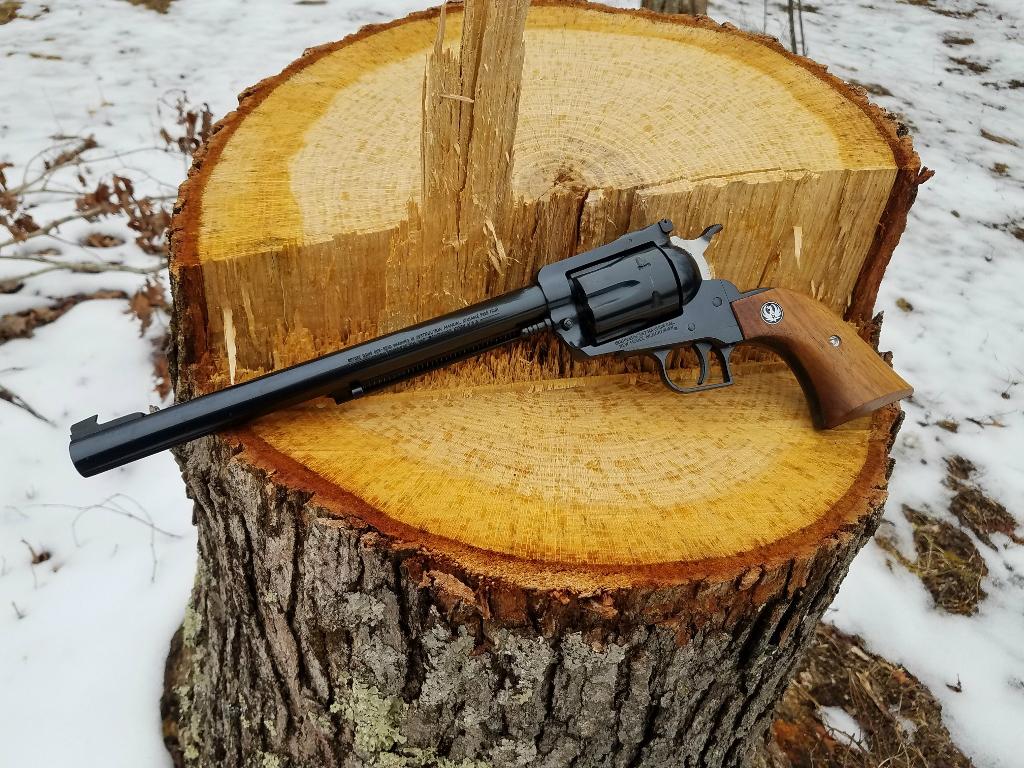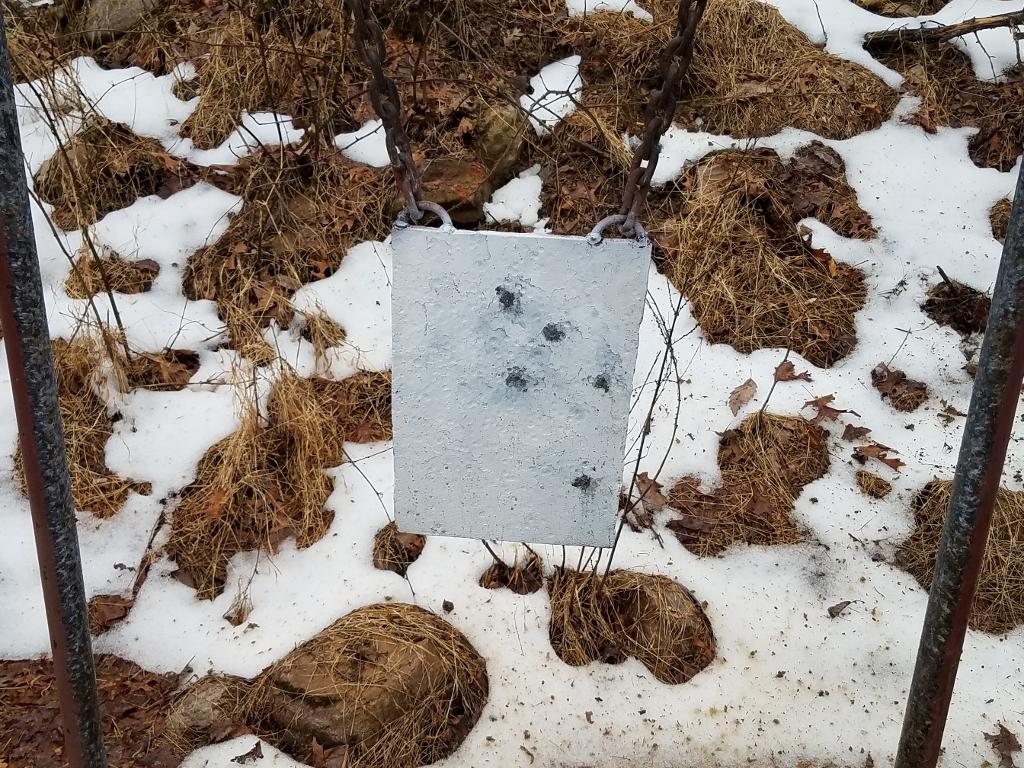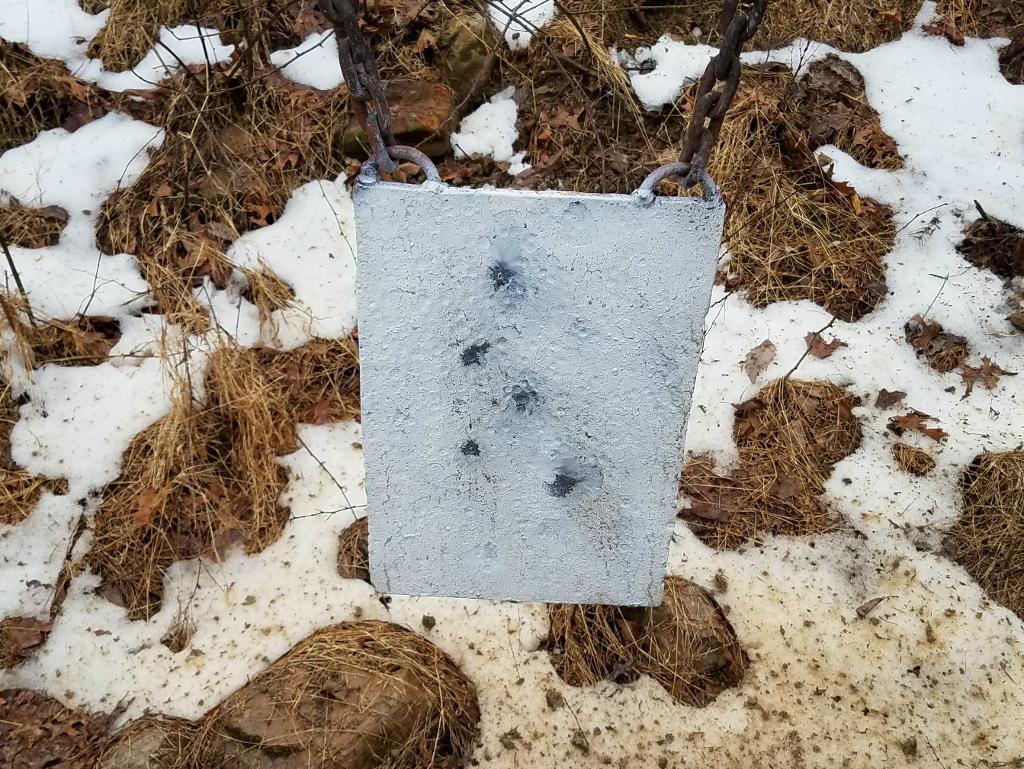David Bradshaw
Blackhawk
- Joined
- Sep 11, 2012
- Messages
- 933
Wonder if I should use a lanyard.......thoughts?
----Dick
*****
Negative. You've made it this far with performance your criteria----not fire & brimstone. However, I'm fixing to shoot, and thinking you sent over some of that Rocky Mountain wind.
Meanwhile, Lee shoots 100, 200 & 300 yard bench rest this weekend in Contender's territory. No Maximum for Lee until he gets done with his bench rest stick.
David Bradshaw
----Dick
*****
Negative. You've made it this far with performance your criteria----not fire & brimstone. However, I'm fixing to shoot, and thinking you sent over some of that Rocky Mountain wind.
Meanwhile, Lee shoots 100, 200 & 300 yard bench rest this weekend in Contender's territory. No Maximum for Lee until he gets done with his bench rest stick.
David Bradshaw

